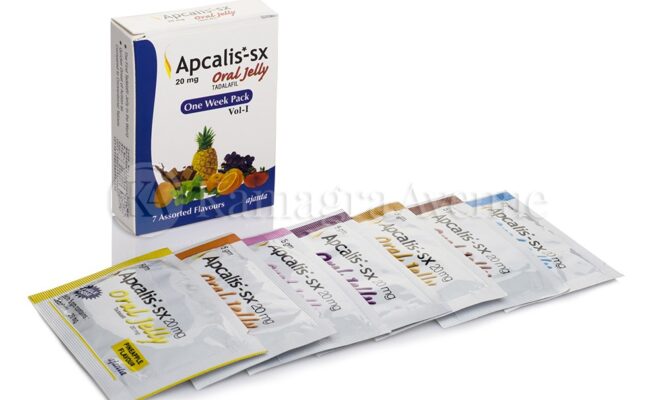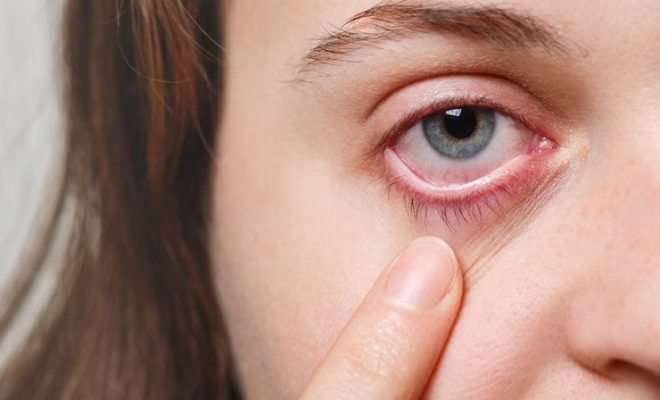What are the benefits of combining fish oil with eye support?

Combining fish oil with specialised eye nutrients creates a comprehensive approach to ocular health that addresses both structural and functional aspects of vision. The unique fatty acids in fish oil support the retina’s cellular membranes, while complementary nutrients target specific eye tissues and visual processes. This synergistic combination provides complete protection compared to either component alone, especially for individuals facing age-related vision challenges or screen-related eye strain. fish oil omega 3 supplements deliver two essential fatty acids, EPA and DHA that are fundamental building blocks for eye tissues. These fatty acids incorporate into cell membranes throughout the visual system, enhancing membrane fluidity and function.
Omega-3 and eye connection
The retina contains one of the body’s highest concentrations of DHA, a primary omega-3 fatty acid found in fish oil. This essential fat comprises 30-40% of the polyunsaturated fatty acids in the retina’s photoreceptor cells, which interpret light to produce vision. Without sufficient DHA, these cells cannot maintain optimal membrane properties or adequately respond to light stimulation. Omega-3 fatty acids also improve certain eye conditions. They support the tiny blood vessels that nourish the eyes while reducing inflammatory processes that can damage delicate ocular tissues. This vascular support proves particularly important in the retina, where tiny capillaries support critical metabolic functions of photoreceptor cells.
Protection against age-related issues
The combination of fish oil with specialised eye nutrients provides multi-faceted protection against common age-related vision concerns:
- Macular health – Omega-3s reduce inflammation while eye-specific carotenoids filter harmful blue light
- Retinal protection – DHA maintains photoreceptor function while antioxidants neutralise free radicals
- Tear film integrity – EPA helps regulate oil gland function, while specific vitamins support tear production
- Vascular support – Omega-3s maintain healthy blood flow while antioxidants protect vessel walls
- Lens clarity – Anti-inflammatory effects reduce oxidative stress that contributes to clouding
These complementary mechanisms create a protective network that addresses the complex, interconnected processes involved in age-related vision changes. The anti-inflammatory properties of omega-3s work alongside the antioxidant benefits of eye-specific nutrients to maintain visual function as the eyes face increasing challenges with age.
Dry eye relief
The tear film covering the eye’s surface consists of three distinct layers, including an oily outer layer that prevents tear evaporation. Omega-3 fatty acids help regulate the function of meibomian glands that produce this oil, improving tear film stability and reducing evaporation. This approach addresses multiple aspects of dry eye syndrome when combined with nutrients supporting the aqueous (middle) tear layer. Omega-3s also provide anti-inflammatory properties, which can reduce irritation on the ocular surface. This effect complements specialised eye nutrients that support tear production and quality. Many patients report improved comfort when using this dual approach compared to either strategy alone, particularly those experiencing dry eye related to digital device use or environmental factors.
Visual processing efficiency
Beyond physical eye structures, specific nutrients support the neural aspects of vision, which is how the brain processes visual information. Omega-3 fatty acids maintain the myelin sheaths surrounding nerve fibres, transmitting visual signals from the eyes to the brain. Several vitamins facilitate biochemical reactions involved in the visual cycle. The combination improves contrast sensitivity and visual processing speed, but subtle aspects of vision are not measured in standard eye exams. These improvements become particularly noticeable during challenging visual tasks like night driving, reading fine print, or maintaining focus during extended screen time.








